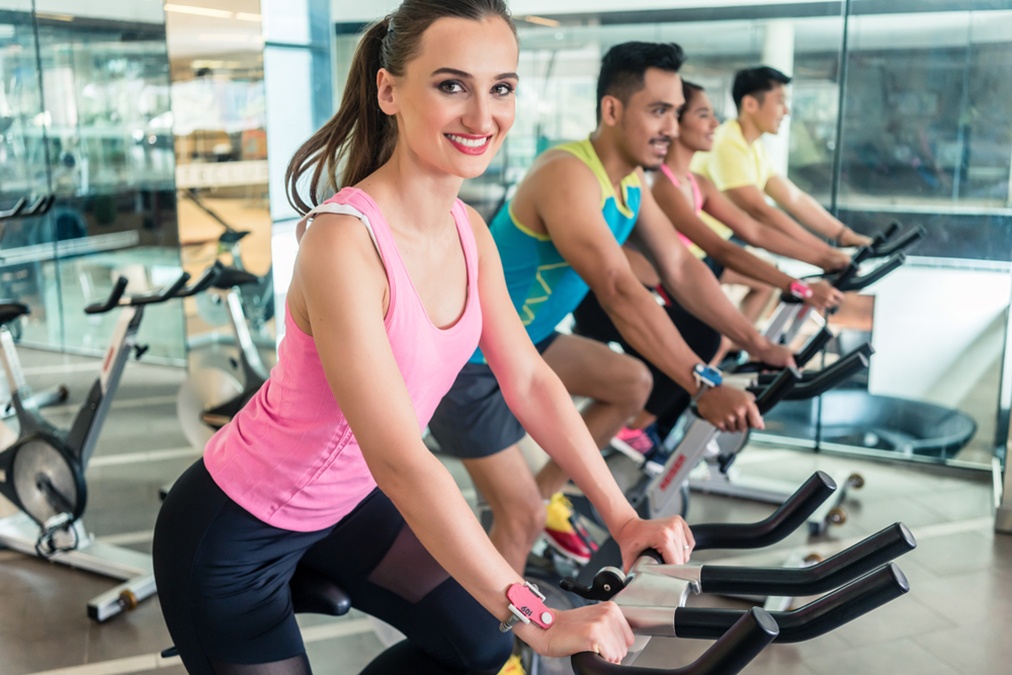 “Well,” the New York Time’s health blog made waves when it answered a reader’s question regarding the best exercise for the reduction of blood pressure.
“Well,” the New York Time’s health blog made waves when it answered a reader’s question regarding the best exercise for the reduction of blood pressure.
For the answer, the author turned to Dr. Glenn Gaesser, the director of the Healthy Lifestyles Research Center at Arizona State University and a prolific researcher on exercise and blood pressure.
According to his research, it wasn’t the normally recommended types of exercises that lowered blood pressure the most. Rather, it was a much easier type of exercise.
He answered that any frequent, light exercise could reduce blood pressure, including simply standing up.
According to his research, exercise primarily lowers blood pressure by reducing the stiffness of your blood vessels, so that your heart can pump blood through them with less effort. Accordingly, he recommends that you engage in light exercise multiple times a day, as your blood vessels are most flexible immediately after exercise. Exercising only once a day allows your blood pressure to creep back up as your blood vessels tend to stiffen after 8 to 24 hours without exercise.
In a study published in the 2012 edition of Medicine & Science in Sports & Exercise, for example, he compared the blood pressure of subjects who exercised for 10 minutes three times a day with those who exercised for 30 minutes only once a day, while noting that all the subjects were prehypertensive.
Both groups experienced a drop in blood pressure during the day and evening, but the nighttime systolic blood pressure of only the three-times-a-day exercise group dropped. Thus, the best way to lower your risk of high blood pressure and possible death during the night would be to exercise multiple times a day.
The obvious question thus becomes how on earth the average person can find the time to exercise multiple times a day, especially between work, household chores, family time, and so forth. This is where the research gets good.
Dr. Gaesser authored another article in the same journal in 2015, measuring the blood pressure of overweight subjects after four different types of eight-hour workdays:
1) a day in which they sat all day,
2) a day in which they stood up between 10 and 20 minutes every hour, without moving; Just standing up,
3) a day in which they walked for one mile per hour for 10 to 20 minutes per hour,
4) and a day in which they cycled for 10 to 20 minutes per hour.
In the last two tests, they performed the exercise on treadmills and bicycles fitted under their desks so they could continue working.
Unsurprisingly, their blood pressure was the highest during the days on which they sat. However, the other results were not as predictable.
Of the three exercise conditions, cycling lowered their blood pressure the most, followed by walking, then standing. There are two interesting findings here.
Firstly, even though the researchers ensured that the cycling was performed at a pace that equaled the energy expenditure of the walking, the cycling group still benefited the most, even though they essentially sat down while moving their legs. Cycling was also the only exercise that reduced both systolic and diastolic blood pressure, while the others only reduced only systolic pressure.
Secondly, compared to sitting, standing along without moving reduced their systolic blood pressure by four points. And that was without any effort or movement.
Therefore, the next time friends invite you to the gym, inform them that the intensity of exercise is irrelevant to blood pressure.
Even standing and “lazy,” easy exercises like slow cycling, work. Buy yourself a standing-height desk and/or a stationary exercise bike and prove it!

 Overcoming IBD
Overcoming IBD Multiple Sclerosis
Multiple Sclerosis Banishing Bronchitis
Banishing Bronchitis Gum Disease Gone
Gum Disease Gone Overcoming Onychomycosis
Overcoming Onychomycosis Neuropathy No More
Neuropathy No More The Prostate Protocol
The Prostate Protocol Brain Booster
Brain Booster
 Ironbound
Ironbound
 Solution for Shingles
Solution for Shingles
 The Bone Density Solution
The Bone Density Solution
 The Ultimate Healing Protocol
The Ultimate Healing Protocol
 The Parkinson's Protocol
The Parkinson's Protocol
 The Chronic Kidney Disease Solution
The Chronic Kidney Disease Solution
 Overthrowing Anxiety
Overthrowing Anxiety The Fatty Liver Solution
The Fatty Liver Solution The Hypothyroidism Solution
The Hypothyroidism Solution
 The End of Gout
The End of Gout The Blood Pressure Program
The Blood Pressure Program
 The Oxigized Cholesterol Strategy
The Oxigized Cholesterol Strategy
 Stop Snoring And Sleep Apnea Program
Stop Snoring And Sleep Apnea Program
 The Arthritis Strategy
The Arthritis Strategy The Vertigo & Dizziness Program
The Vertigo & Dizziness Program The 3-Step Diabetes Strategy
The 3-Step Diabetes Strategy Hemorrhoids Healing Protocol
Hemorrhoids Healing Protocol The Erectile Dysfunction Master
The Erectile Dysfunction Master Weight Loss Breeze
Weight Loss Breeze The IBS Program
The IBS Program The Insomnia Program
The Insomnia Program The Migraine and Headache Program
The Migraine and Headache Program The Neck Pain Solution
The Neck Pain Solution The Menopause Solution
The Menopause Solution The Ejaculation Master
The Ejaculation Master The TMJ Solution
The TMJ Solution The Acid Reflux Solution
The Acid Reflux Solution The Fibromyalgia Solution
The Fibromyalgia Solution The Psoriasis Strategy
The Psoriasis Strategy